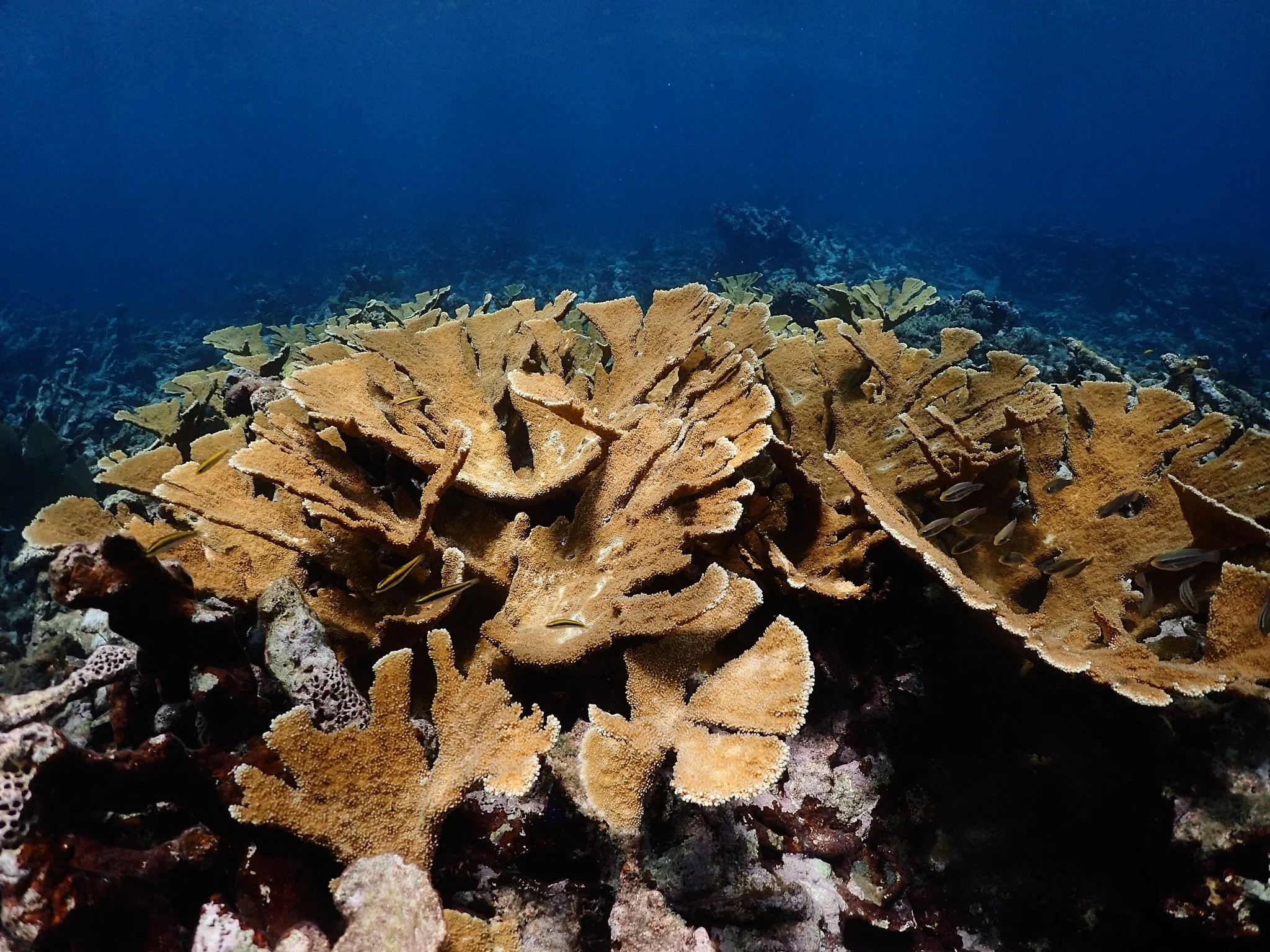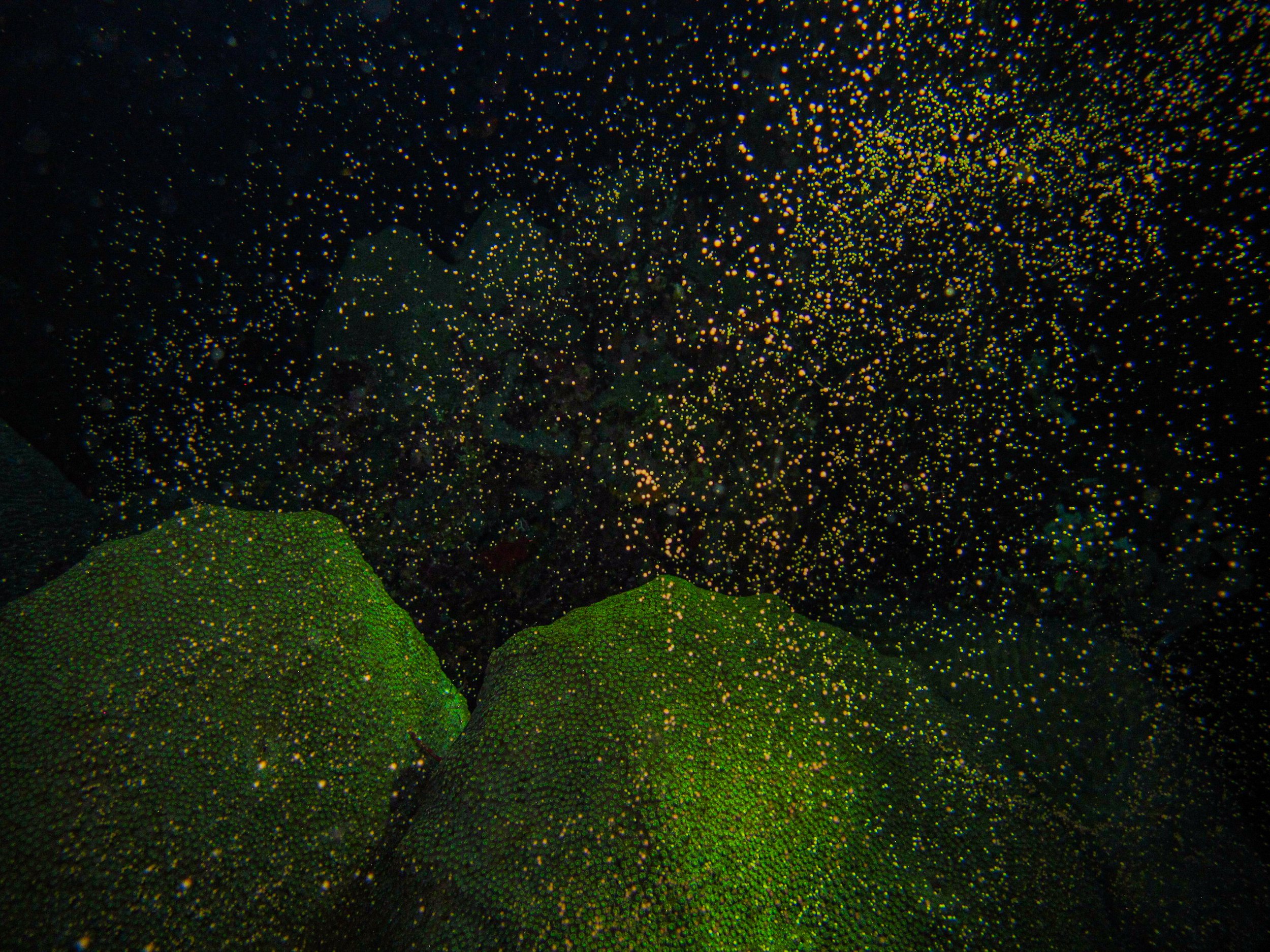
Restoration
Why restoration?
As marine ecosystems become increasingly degraded around the world, sometimes conserving what is left is not enough. Restoration involves intentionally restoring species, habitats, or functions that have been lost (active restoration), as well as working to reduce environmental stressors (passive restoration).
In the Caribbean, we’ve lost more than half of our living coral reefs. Without these ecosystems intact, we are losing critical ecosystem services such as coastal protection, food provision, and tourism opportunities. The EMC has undertaken an ambitious coral restoration programme to help bring Antigua’s reefs back to life.
Ongoing intense heat driven by anthropogenic climate change has led to widespread coral bleaching in the Caribbean, including Antigua and Barbuda. Read our various communications on these significant events below.
Rebuilding resilient coral populations on Antigua’s reef
Our coral nurseries
The EMC operates two coral nurseries adjacent to Green Island and York Island on the east coast of Antigua, as well as nurseries at Cades Reef and Jumby bay. We intentionally collect corals that demonstrate a higher resistance to stressors such as poor water quality, thermal stress and disease epidemics. Our nurseries house 14 species of reef-building corals, many of which are critically endangered. These corals are cultivated using a combination of ropes, PVC trees, and tables. Our Ten Pound Bay nursery at Green Island also includes a small on-land visitor station and shallow coral nursery structures ideal for educational snorkel trips for all ages!
How to restore a coral reef
Collect
fragments from diverse and resilient coral colonies that have endured stressors
Grow
coral fragments in a protected nursery area where they can be propagated and monitored
Plant
coral fragments onto degraded reefs once they have reached a sufficient size in the nursery
Monitor
outplanted fragments and the surrounding coral reef ecosystem over time
Rebuilding resilient reef ecosystems
The EMC is working to restore degraded reef areas around Antigua, where coral skeletons stand where living corals once thrived, including Green Island, and York Island, and Cades Reef. As our nurseries grow, we will be expanding the number of restoration sites and corals outplanted, as well as to manage human impacts along Antigua’s coastlines.
Stan Waterman Memorial
EMC is proud to honor Stan Waterman with a special memorial at our Green Island restoration site. Inducted into the International Scuba Diving Hall of Fame, Stan was one of the world’s most influential and renowned scuba divers as a pioneering photographer, author and Emmy-winning underwater film producer who worked with EMC Trustee Martha Watkins Gilkes for over 30 years. He was also a dedicated shark conservationist, serving 17 years as President of the Shark Research Institute. Honoring Stan’s wish to rest in Antigua, his ashes were mixed with a medium to plant coral fragments from EMC’s nursery onto the reef bed during a ceremony attended by his family and close diving companions. This memorial will contribute to EMC’s coral restoration, allowing him to rest peacefully in the sea he cherished.
Footage by Roddy Grimes-Graeme at Acqua Films
Innovation
Exploring new techniques for restoring ecosystems helps a growing community of practitioners work more effectively and efficiently. We are constantly working to improve coral restoration methods, including testing novel structure designs and integrating recycled and locally sourced materials, such as reclaimed tiles and marine debris, into our restoration practices.
We utilise microfragmentation - or the splitting of coral colonies into small (dime-sized) fragments - to propagate and stimulate growth in boulder coral species such as brain and star corals. We have adapted this propagation technique from Dr. David Vaughan of the Plant a Million Corals Foundation and are rearing micro fragments in-situ with guidance from Ken Nedimyer of Reef Renewal.
What’s next?
Increasing the number of coral species and genetic variants in our program
Restoring critical mangrove and seagrass ecosystems
Experimenting with in-situ micro fragmentation techniques
Increasing the diversity of stress resistant corals, while preserving genetic diversity in critically endangered species
Understand the abundance and migration patterns of crucial megafauna, including keystone shark species vital to healthy reefs
Monitoring the health of coral reefs around Antigua and Barbuda
Establishment of an on-land lab to preserve genetic diversity in the face of changing conditions, including stress testing our strongest coral genotypes
Determining spawning windows for keystone coral species that currently face an elevated risk of extinction



















